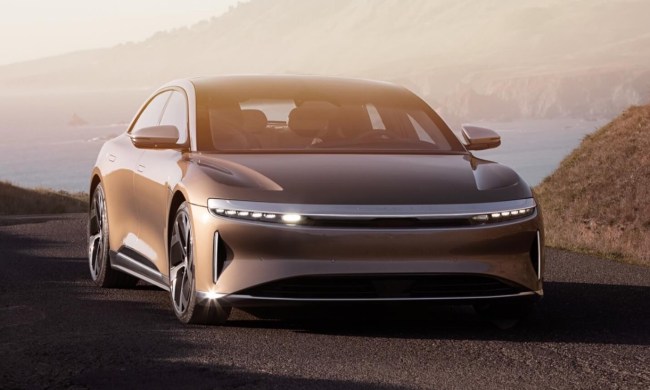
Just seven short weeks ago, we showed you the new 2020 Corvette in the flesh for the first time. Now less than two months later, we have the Corvette Convertible for you to behold in all its American splendor and freedom-loving glory. Let’s not waste anyone’s time here — it looks magnificent.
When the C8 debuted in August, we were stunned by its good looks. Immediately striking was its front-end similarities to the also front-engined Acura NSX (this is most certainly a compliment). The new convertible model retains all the coupe’s hard angles and creases but adds the clichéd – but no less desirable – unlimited headroom that a folding roof provides. This writer sees a lot of the Ferrari F60 America in the Corvette’s twin-hooped rear decklid and engine cover.

The biggest news about this new model is that the Corvette Convertible is going to a hardtop convertible for the first time in the Corvette’s 67-year history. It is as if the engineers in charge of the C8 were not content with being the first team to go mid-engined, and they wanted to be the first with a new top as well. Well, good for them for getting into the record books twice.
The roof itself operates in 16 seconds, which compares poorly to the 12 seconds it takes the Jaguar F-Type and the Porsche 911. The mechanism can be activated up to speeds of 30 miles per hour, which is average compared to the 31mph for the 911 and 30mph for the F-Type. Buyers will give up $7,500 over the base price of the Stingray for the privilege of open-air motoring. The Corvette team is at pains to showcase that owners can still stow two sets of golf clubs even with the top down, if you’re into that sort of thing.
As with all changes to iconic cars, there is some controversy and wringing of hands about the hardtop convertible, but in person, the top looks stellar, operates seamlessly, and adds to the polish and refinement of the new C8. It likely had to happen sooner or later, and there’s no better place than on the new mid-engined model for this kind of radical change.
As with all C8 Corvettes (at least until the upgraded models come out), the 2020 Corvette Convertible packs a mid-engined 6.2 -liter V8 boasting 495 horsepower and 470 pound-feet of torque. There is no manual transmission available (for shame!), but the 0-to-60 time of less than 3 seconds helps to make up for it. There are also a slew of features we have covered before that make the C8 generation the most technologically advanced Corvette ever. The convertible Stingray is available now.




